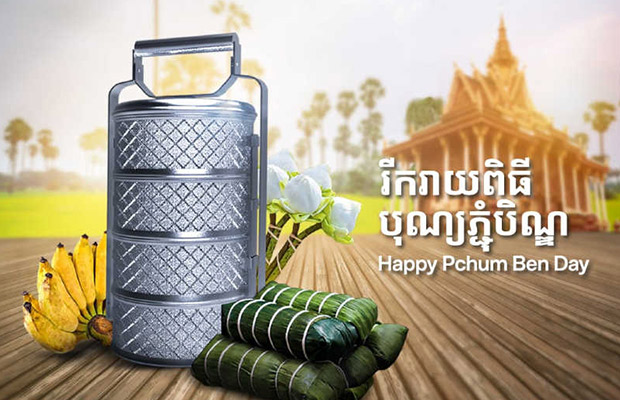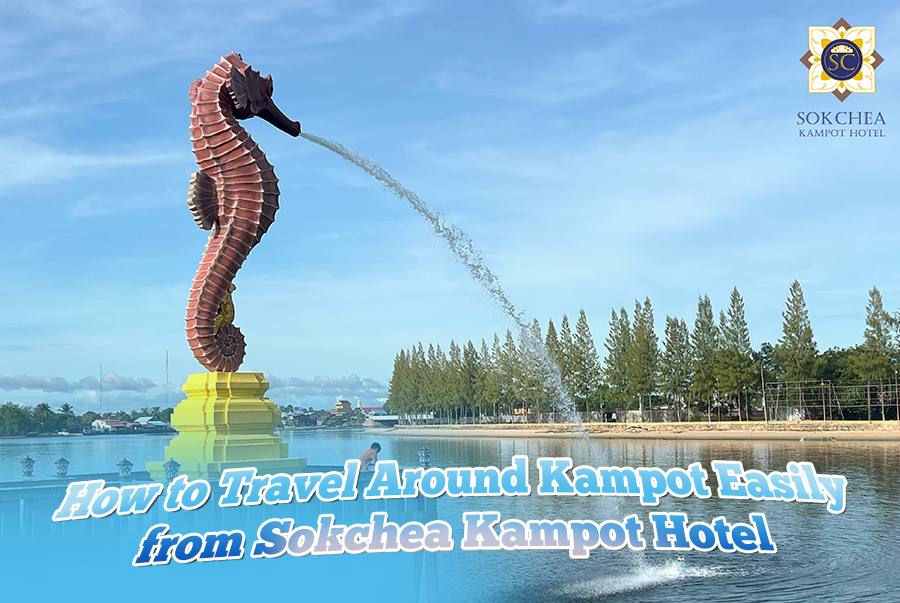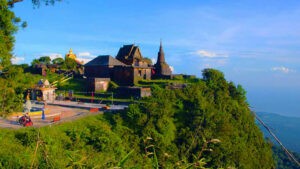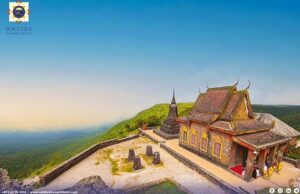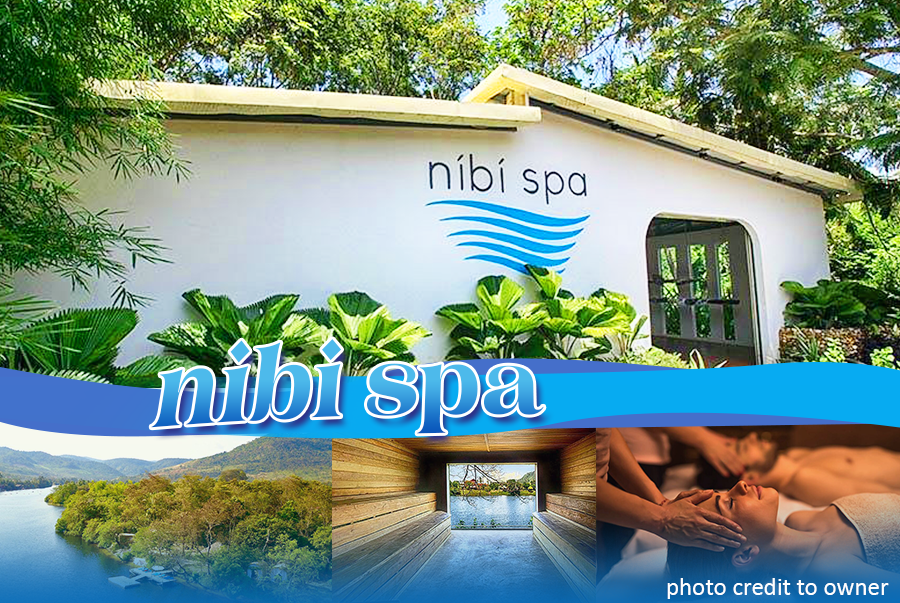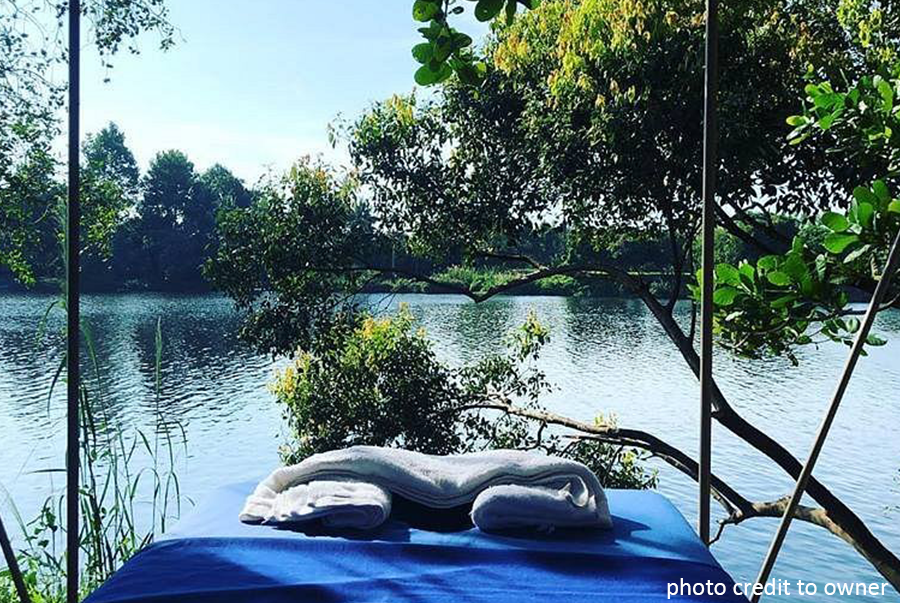Sunset at Kep Beach
Nestled along Cambodia’s southern coast, Kep Beach is a hidden gem that offers an unparalleled experience for sunset enthusiasts. As the day begins to wane, Kep Beach transforms into a serene haven where the vibrant hues of the setting sun paint the sky and sea in a mesmerizing display.
Imagine strolling along the soft sandy shore, the gentle waves lapping at your feet as the sky transitions from the warm glow of daylight to a palette of oranges, pinks, and purples. The calm waters of the Gulf of Thailand mirror the kaleidoscope of colors, creating a breathtaking vista that feels almost surreal.
As you find your perfect spot on the beach, the sun slowly descends towards the horizon, casting a golden path across the water. The silhouette of the distant islands adds to the enchanting scene, providing a picturesque backdrop for this natural spectacle. The tranquil atmosphere is occasionally punctuated by the laughter of children playing in the distance and the soft murmur of conversations from nearby beachgoers, all captivated by the beauty unfolding before them.
Whether you’re a photographer looking to capture the perfect shot, a couple seeking a romantic moment, or a solo traveler in search of peace and reflection, the sunset at Kep Beach offers something for everyone. The experience is enhanced by the simplicity of the surroundings—no towering buildings or bustling crowds, just the pure, unspoiled beauty of nature.
As the sun finally dips below the horizon, the sky’s colors deepen and the first stars begin to twinkle, marking the end of another beautiful day in Kep. The gentle transition from day to night leaves a lingering sense of tranquility and a lasting impression, making sunset at Kep Beach an unforgettable highlight of any visit to this charming coastal town.

